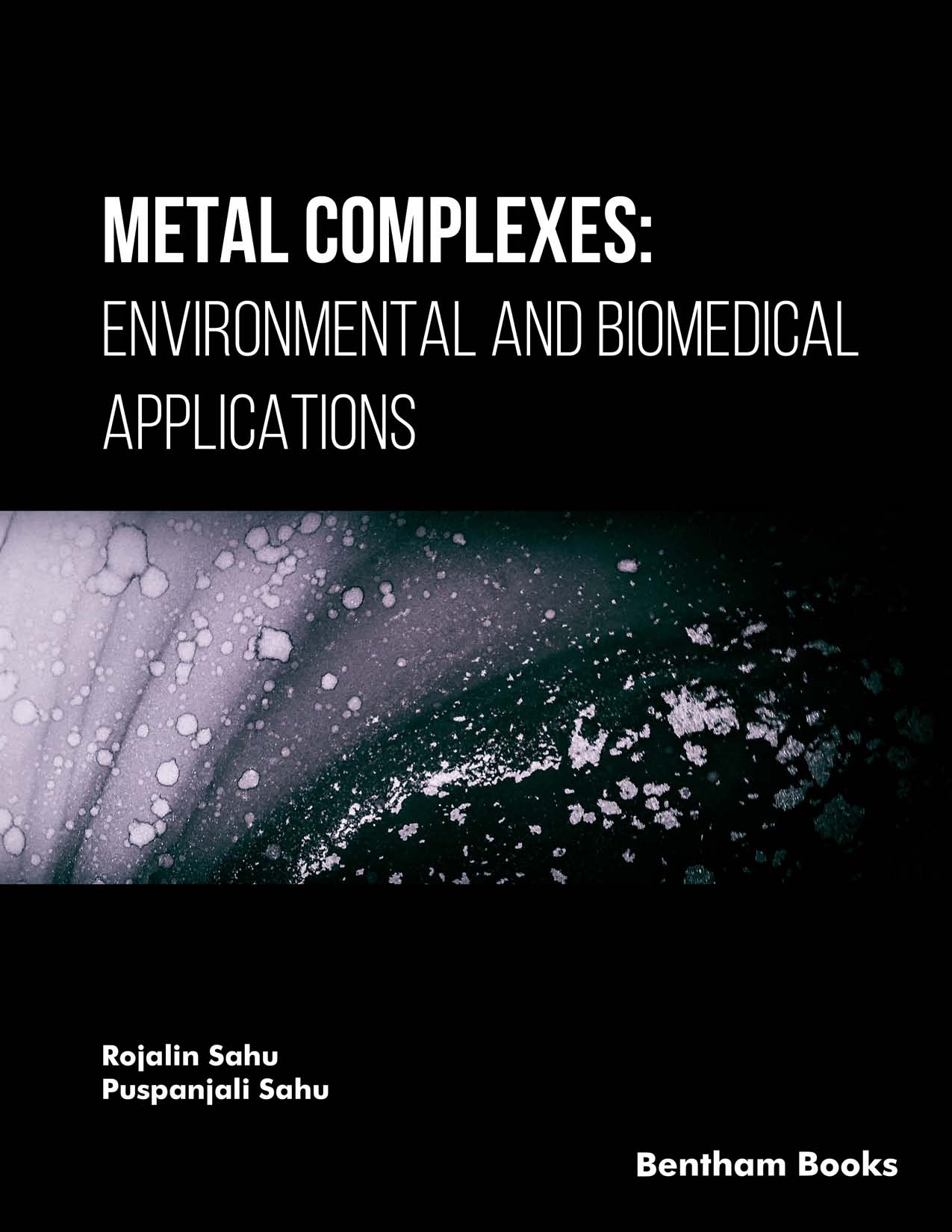Preface
A century ago, Alfred Werner won the Nobel Prize in chemistry for proposing the octahedral configuration of transition metal complexes and developing the foundation for modern coordination chemistry. His revolutionary research work was of significant importance for the development of the chemistry of metal complexes, which has diminished the border between organic and inorganic chemistry because it is the chemistry of organic ligands and inorganic metal ions. Metal complexes are being utilized in many aspects of human life due to their interesting and unique properties. Today, we find a significant increasing interest in the design of metal complexes for different applications. Some of these are used in multifarious fields of biomedical, energy, and environmental protection and are keenly observed among scientific communities across the globe. Metal complexes play major roles in many subject areas, including biochemistry, therapeutics, diagnosis, catalysis, sensing, and energy conversion. The reason and motivation to propose this book are to design new research plans for graduate students with their basic understanding of coordination chemistry during their undergraduate study.
Chapter 1 discusses the general oxidation states of various metal ions and the introduction to coordination complexes, followed by a discussion on the use of coordination compounds, their syntheses, and their characterization., Chapter 2 discusses the metal complexes synthesized from Schiff bases and N-heterocyclic carbenes. In Chapter 3, the cage metal complexes and their applications are described. Chapters 4 and 5 describe the metal complexes that are used in therapeutics and diagnostics. The application of metal complexes in solar energy conversion is discussed in Chapter 6. Chapter 7 discusses the use of metal complexes in analytical chemistry, and Chapter 8 discusses the use of metal complexes as catalysts in a variety of organic reactions. Chapter 9 discusses the anti-bacterial and anti-fungal applications of metal complexes, and Chapter 10 discusses the metal complexes used as sensors.
This book is intended for undergraduate and graduate students, instructors at the graduate level teaching related coursework, and those working in the diverse fields of biochemistry, biology, organic, inorganic, and bio-inorganic chemistry sciences. The text can prove beneficial for researchers, investigators, and scientists whose works involve organic chemistry, analytical chemistry, and inorganic chemistry, as well as those who are working on radiopharmaceuticals. It can serve as a reference book for P.G. and Ph.D.-level research scholars. All academic research libraries will benefit from having a copy of the book as a reference manual as well.
The writer’s own teaching and research experience of over one decade has played a crucial role in designing and writing the book.
Suggestions for improvement of the contents are most welcome from the students and research fraternity, which can be incorporated in future editions.
Rojalin Sahu
KIIT, Deemed to be University
Bhubaneswar Odisha
India
Puspanjali Sahu
Bhadrak Autonomous College
Bhadrak, Odisha
India

